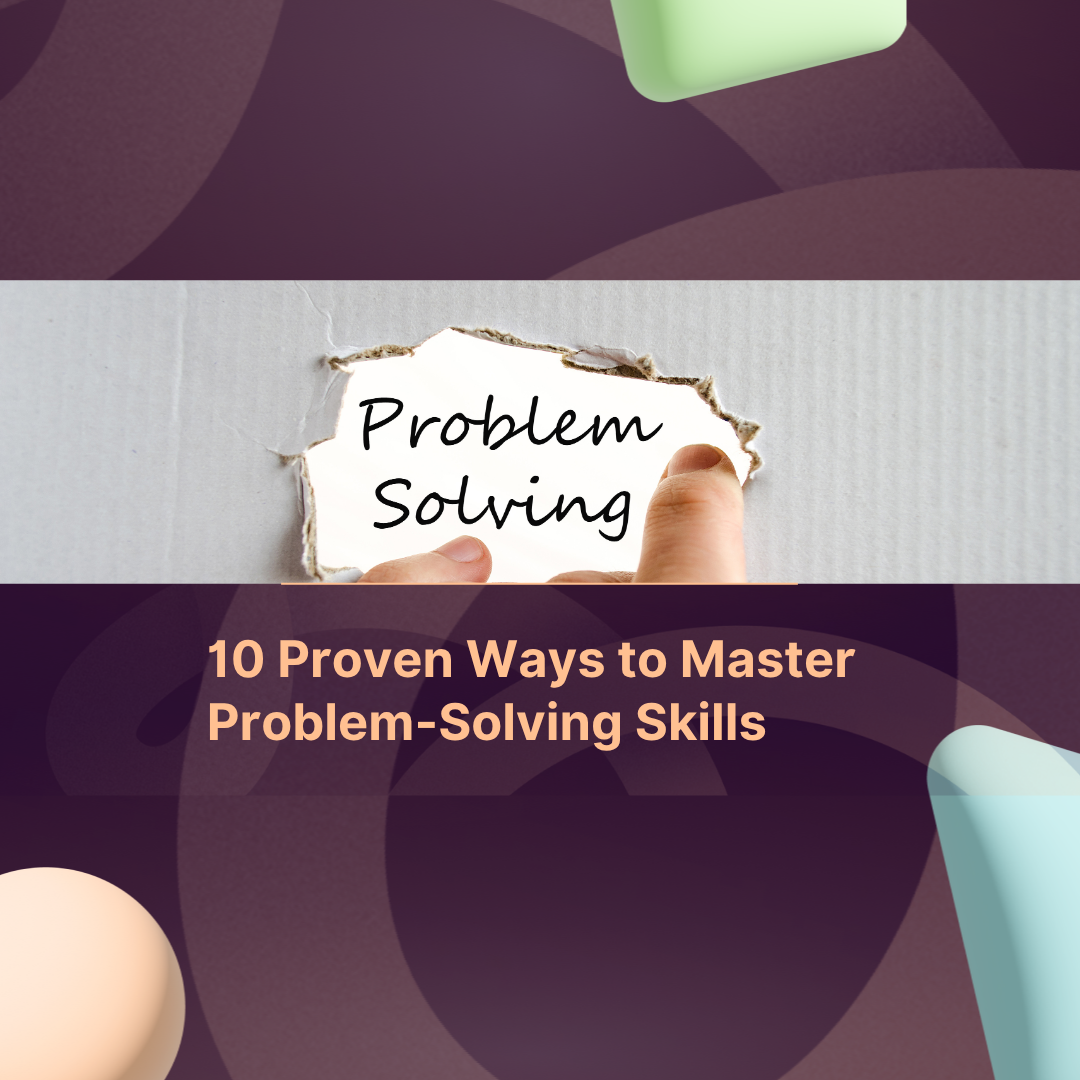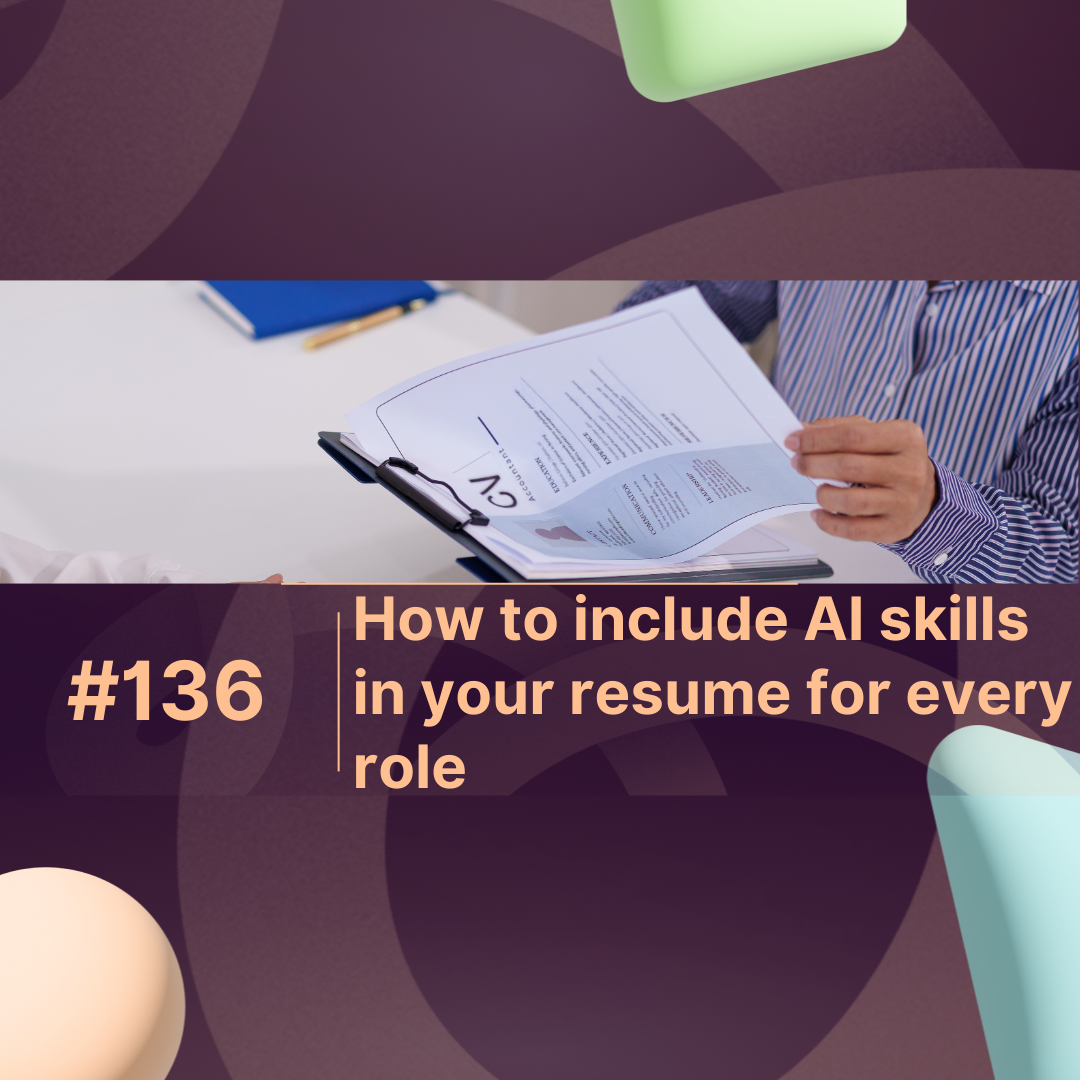Overview
Problem-solving skills isn’t just another soft skill—it’s a core competency that defines high performers in any industry. Whether you’re navigating team friction, tech breakdowns, or strategy misfires, the ability to identify problems, analyze them, and resolve them creatively can set you apart from peers.
In this guide, you’ll learn 10 effective techniques to sharpen your problem-solving skills at work—each grounded in practical tools, behavioral science, and relevance to AI-filtered, modern work environments.
Why Problem-Solving Is a Top Skill in 2025
Problem-solving is the ability to understand challenges, evaluate options, and execute solutions. According to the 2024 LinkedIn Workplace Learning Report, 93% of employers say soft skills like problem-solving are critical during hiring decisions.
From tech startups to healthcare and finance, this skill underpins innovation, leadership, and operational resilience.
1. What Is the “5 Whys” Method—and Why It Works
This simple yet powerful technique involves asking “why” five times to identify the root cause of a problem—not just its symptoms. For example, instead of patching a missed deadline, ask why it happened… then keep digging. By the fifth “why,” you often find the real issue (e.g., unclear processes or lack of resource planning).
2. Let Data Drive Decisions—Not Assumptions
Great problem solvers use tools to support decisions with facts:
| Tool | Use Case | Why It Helps |
|---|---|---|
| Google Sheets | Track causes & timelines | Easy collaboration, version control |
| Power BI | Analyze trends & patterns | Real-time dashboards for clarity |
| Semrush | Diagnose SEO/market issues | Great for marketing problem solving |
Knowing where your blind spots are—and backing choices with data—cuts bias and improves outcomes.
3. How Active Listening Reveals Hidden Problems
Often, the real issue isn’t what’s said—it’s what’s missed. Active listening helps uncover stakeholder concerns, context, and contradictions. Paraphrase back what others say, and ask clarifying questions like, “Did you mean X?” This reduces conflict and builds trust.
4. Break Big Problems into Manageable Tasks
Large problems feel overwhelming. Use the “divide and conquer” technique by breaking them into smaller chunks. Tools like Trello or Asana can help you visualize tasks and track progress using Kanban boards or Gantt charts.
Solving small parts builds momentum—and reduces cognitive overload.
5. Visualize Your Thinking with Mind Maps
Mind mapping tools like Miro or XMind help organize ideas, causes, and solutions. It’s especially helpful in team settings, where visualizing the full scope of a problem leads to better group brainstorming and decision-making.
6. Use “What If” Scenario Planning
Ask questions like:
-
“What if sales drop 40% next quarter?”
-
“What if our top engineer leaves unexpectedly?”
Running hypothetical scenarios prepares your team to act fast, reducing surprise and risk when disruptions happen.
7. Collaborate Across Departments
Problem-solving in silos rarely works. Instead, involve cross-functional teams—product, sales, support, and marketing may all see the same challenge differently. A finance delay might actually stem from a product misalignment.
Diverse perspectives create well-rounded solutions.
8. Document Solutions Using the STAR Method
Track your problem-solving experiences using the STAR format:
-
Situation: What was the challenge?
-
Task: What needed to be done?
-
Action: What did you do?
-
Result: What happened?
This not only improves team retrospectives—it gives you strong examples for performance reviews or job interviews. (Helpful hint: some AI-powered resume platforms let you embed STAR-format wins directly into your profile.)
9. Think Like a Scientist with First-Principles Thinking
Break down a problem to its most basic truths. Ask:
-
“What do we know for sure?”
-
“What assumptions are we making?”
-
“What if we built this from scratch?”
This approach, used by innovators like Elon Musk, helps challenge defaults and generate original solutions.
10. Reflect and Optimize After Solving
After you’ve resolved a problem, pause and review:
-
What worked well?
-
What would we do differently next time?
-
What early warning signs did we miss?
This reflection strengthens future decisions and builds resilience into your workflow.
Final Thoughts
Problem-solving skills is more than a resume line—it’s a repeatable, strategic process that can elevate your career. In a workplace driven by automation, AI systems, and cross-functional complexity, the professionals who can consistently solve hard problems will be the ones leading teams, shaping strategies, and earning recognition.
If you’re refining your professional toolkit or building a resume for internal promotion or job search, platforms like MaxProfile subtly help you capture, format, and highlight your problem-solving strengths without the fluff. (Think AI-smart formatting meets practical storytelling.)
FAQs
Q1: What are examples of problem-solving skills?
Critical thinking, decision-making, collaboration, creativity, and adaptability.
Q2: How are problem-solving skills used at work?
They help with things like project delays, client escalations, budget misalignment, and remote team dynamics.
Q3: What’s a real-world example of problem solving?
Fixing recurring delivery issues by adjusting supplier timelines and re-routing logistics—based on data.
Q4: Can students build this skill early?
Yes—group projects, resolving roommate conflicts, and improving time management are all training grounds.
Q5: Where can I learn more?
Check out MindTools, Coursera, or internal LMS platforms for structured problem-solving frameworks.



